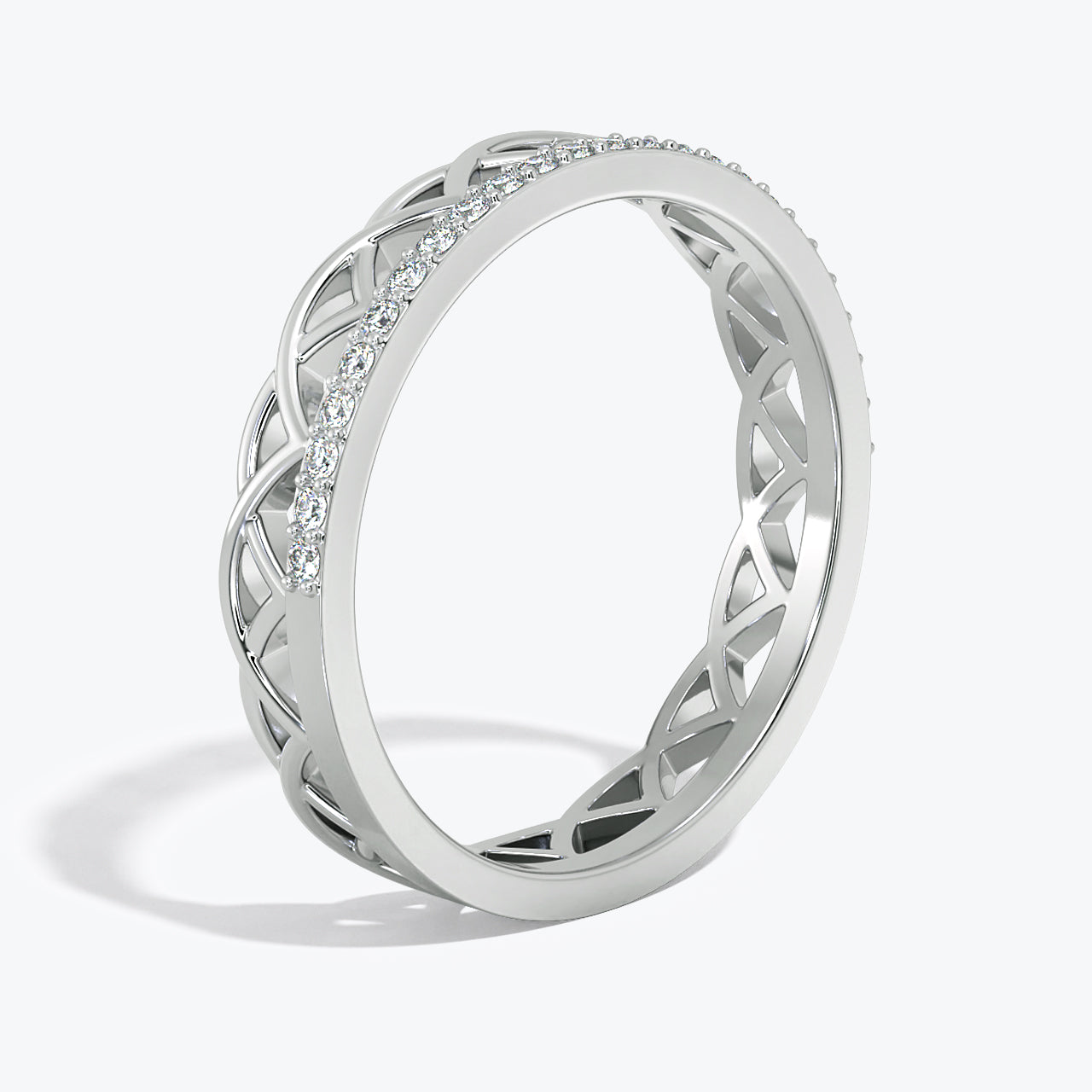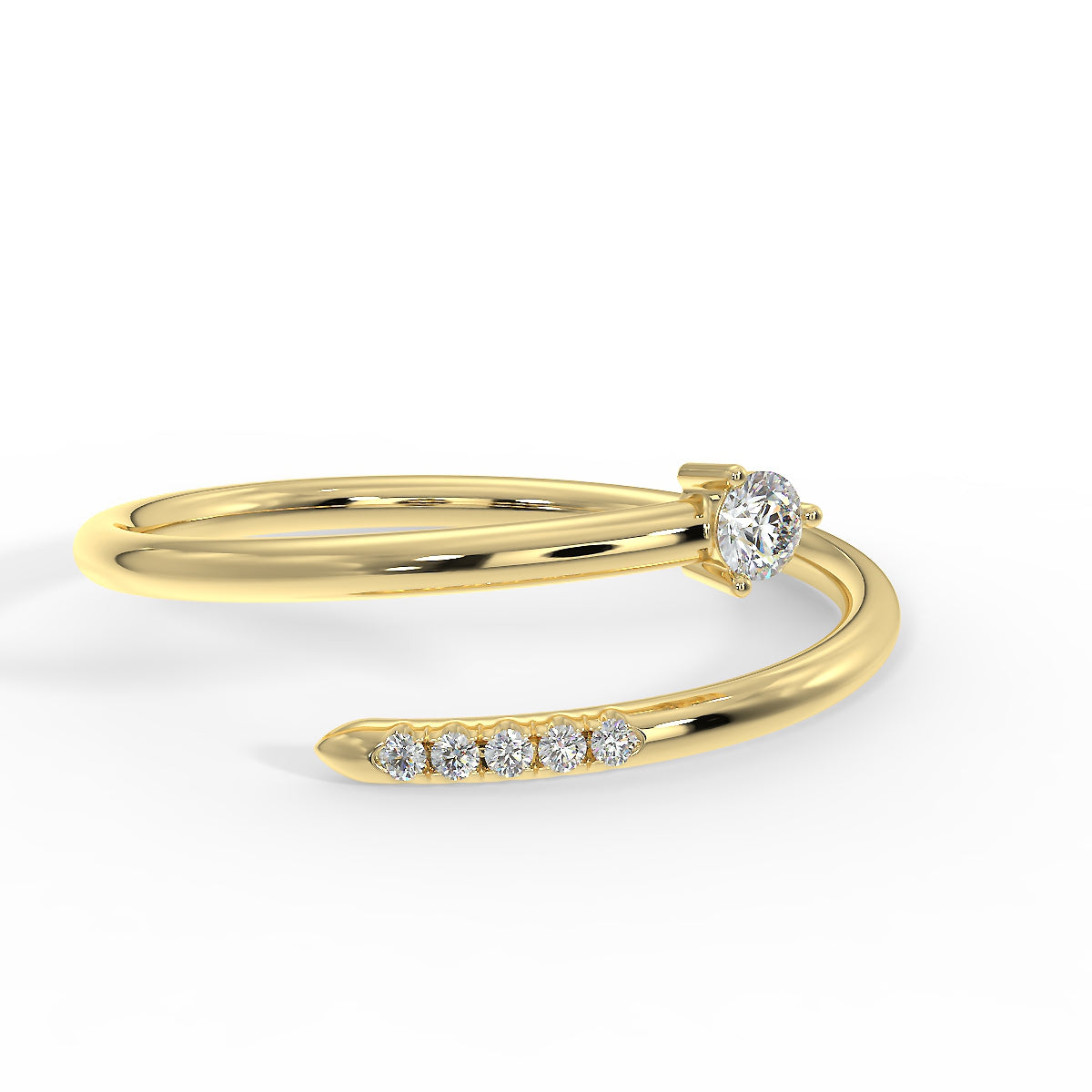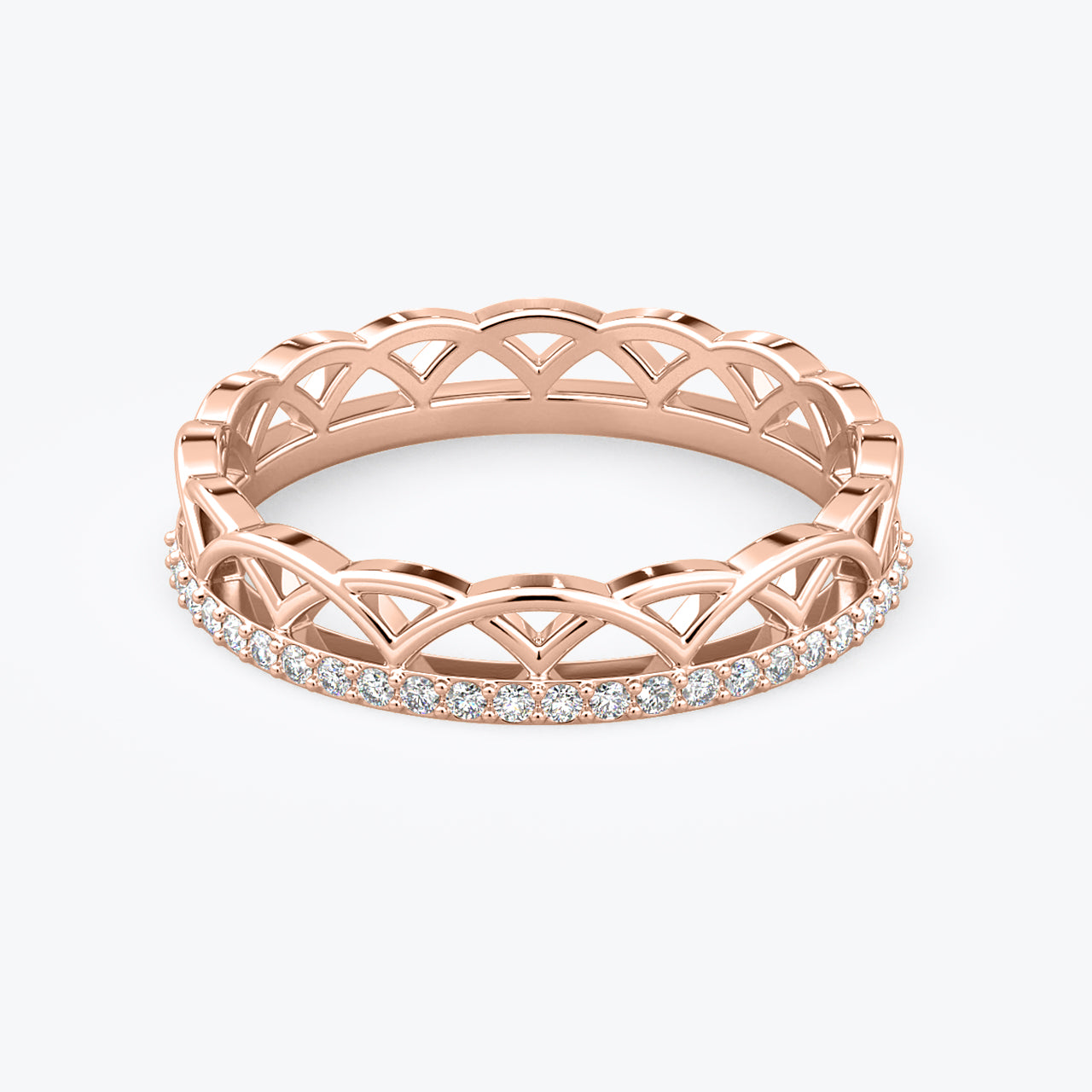At the heart of our creative process is education. We enjoy breaking down and explaining the color, cut, clarity and carat weight of every shape diamond we recommend. By hand-drawing detailed styles of diamonds and designs of jewelry in front of you, we make sure our clients never decide upon purchase without sufficient knowledge. Thediamond education chartalso serves the purpose.
After the initial education, it is time to dissect every possible option that fits your budget. We listen carefully to your needs and offer suggestions and options to fulfill your goals. Our vision is to supply you with a pressure-free experience that delivers the best possible product on time – every time.
The process of finding the perfect Diamond Education or building the right piece of jewelry takes patience and the complete attention of a trained professional jeweler. We understand that there are many options available to you when deciding where to purchase your diamond or fine jewelry, the one thing money can’t buy is the eye of an “old school” professional jeweler. We invite you to shop around, learn everything you can and then come to visit us. I think you will find the Zell experience worth the trip!
4Cs of the Diamond
Carat
Or the weight /size of a diamond. A carat is made of 100 points so a 50 points diamond is also a 0.5-carat diamond. The larger the size of the diamond the more desirable it is. But even a 1-carat diamond would be lifeless without the right cut and color. So the caratage of a Diamond Education shouldn’t be given undue importance.
Note the caratage of a diamond signifies size/weight whereas the caratage in precious metals like gold and silver signifies their purity.
Carat
The Cut of a Diamond Education is the only factor that is influenced by humans and also the one which largely affects its value, fire, and life. They are usually graded as Excellent (Ideal), Very Good, Good, Fair, Poor. Cut accompanied with Symmetry and Polish should be ideally all EX, EX, EX or Triple EX in the industry language. In our advanced search, we have a checkbox that helps you identify just those diamonds which are triple EXs.
Collapsible content
Excellent
Diamonds in this range are on the top of all grade settings and very rare due to the perfect interaction of its facets and light. These diamonds reflect the light best and sparkle so intensely among all the diamond categories.
Very Good
Diamond Education in this range is considered as having the highest cut grade. The interaction of facets shows a good balance and delivers fire and brightness in a diamond.
Good
Diamonds in this range produce slight fire and sparkle comparing to the ideal cut diamonds and deliver slight darkness.
Fair
Diamonds in this range reflect limited light and brilliance.
Diamond Clarity
A lot of diamonds education comes with inclusions or tiny particles. This affects the beauty of it depending on the number and sizes. Some of these impurities are not even visible with the naked eye which is often referred to as eye-clean. Clarity is graded as FL, IF, VVS1, VVS2, VS1, VS2, SI1, SI2, I1, I2, I3.
Collapsible content
FL-IF
This clarity scale is considered flawless to internally flawless. These diamonds do not include any inclusions. Internally flawless diamonds may only contain faint external blemishes, which is removable by repolishing. Flawless and Internally Flawless diamonds are very rare.
VVS1-VVS2
With this clarity, diamonds may contain very, very slight inclusions, that are extremely hard to detect under a 10X magnification mirror and not noticeable with naked-eye.
VS1-VS2
Diamonds with this clarity contain very slight minor inclusions that can be seen under a 10X magnification mirror and are not noticeable with naked-eye.
SI1-SI2
In this clarity group, diamonds include slight inclusions that can be detected under a 10X magnification mirror.
I1
They contain slight inclusions, are noticeable under graded 10X magnification and visible to the naked-eye under close examination.
I2-I3
It contains obvious inclusions that may affect the brilliance of the diamonds. Inclusions on these diamonds are visible to naked-eyes.
Diamond Color
In a diamond, the color greatly enhances its visual beauty. A diamond comes in a VIBGYOR of color ranges but it’s the color-less which is most desirable. Diamonds with D grade are perfect colorless and E, F, G, H, I, J and so on move towards increasing tinge of color shades of Yellow, Brown, Green, etc. Of these Yellow shade is most desirable as it enhances the brilliance. While we are talking about color it’s worth mentioning Fancy Color diamonds. Fancy colors are rarer and desirable. They have a very prominent color shade.
Collapsible content

D
D diamonds are the finest white and colorless; the rarest color grades and have the highest value.
E
E diamonds are the second highest color grade in the “colorless” scale. E diamonds are referred to as rare white and exceptionally fine.
F
F diamonds are on the last grade of the “colorless” scale and considered as rare and fine white diamonds.
G
G diamonds are in the first place to “near-colorless” scale; they are very valuable. They contain slight traces of white color.
H
H diamonds are on the “near-colorless” scale and slightly colored. The color on the H diamonds can only be detected when compared with other colorless diamonds.
I
I Diamond Education is slightly tinted and considered as “near-colorless”. The slight color on the I diamonds may be detected.
K-Z
K-Z grade diamonds are considered as slightly colored to colored diamonds; from light yellow to yellow.

What is a Diamond Certificate?
A diamond certificate, also known as a diamond report, is issued by an accredited independent gemological laboratory. In addition to the diamond’s carat weight and measurements, a certificate includes grades for the diamond’s cut, color, and clarity. These grades are the opinion of the individual at the lab who graded the diamond, based on the lab’s own subjective grading standards. Certificates also include other information about the diamond’s polish, symmetry and fluorescence, and also a graphical depiction of the diamond showing the location of the diamond’s inclusions.

TDA Certified Diamonds
All TDA diamonds are carefully selected from fully credible diamond suppliers in the participant-countries of the Kimberley Process. TDA certified diamonds are in H Colour, VS clarity and Very Good cut. ROZALA provides GIA certified diamonds as well as TDA certified diamonds.

GIA Certified Diamonds
The term “certified diamonds” refers to polished diamonds that have undergone quality analysis by a trusted gemological laboratory such as the AGSL (American Gem Society Laboratories) or GIA (Gemological Institute of America) and have been issued a lab report, commonly referred to as a “certificate”.








